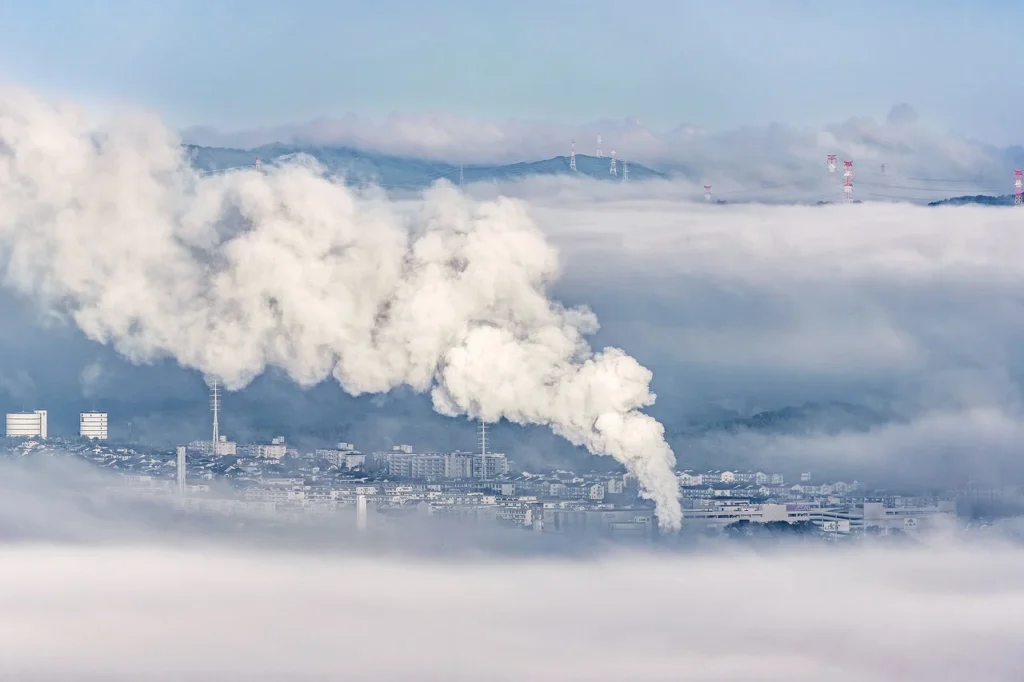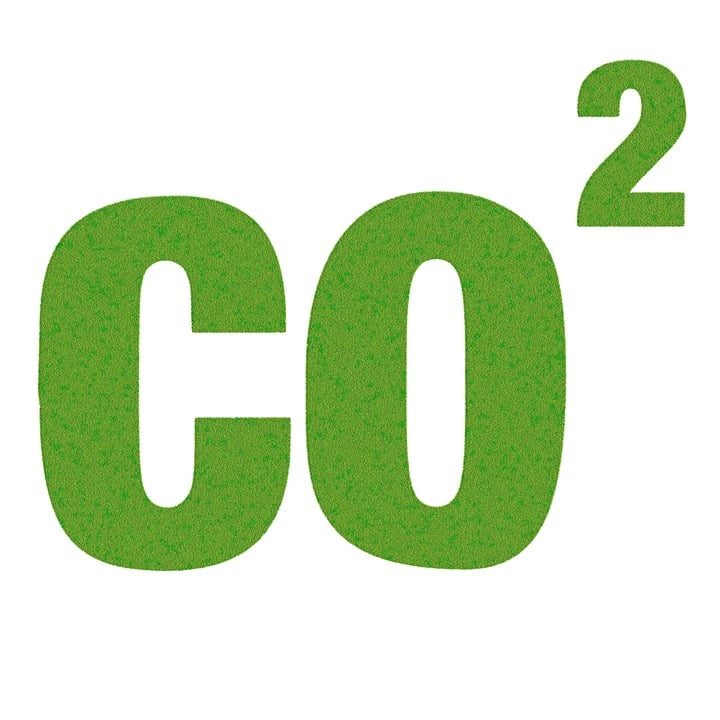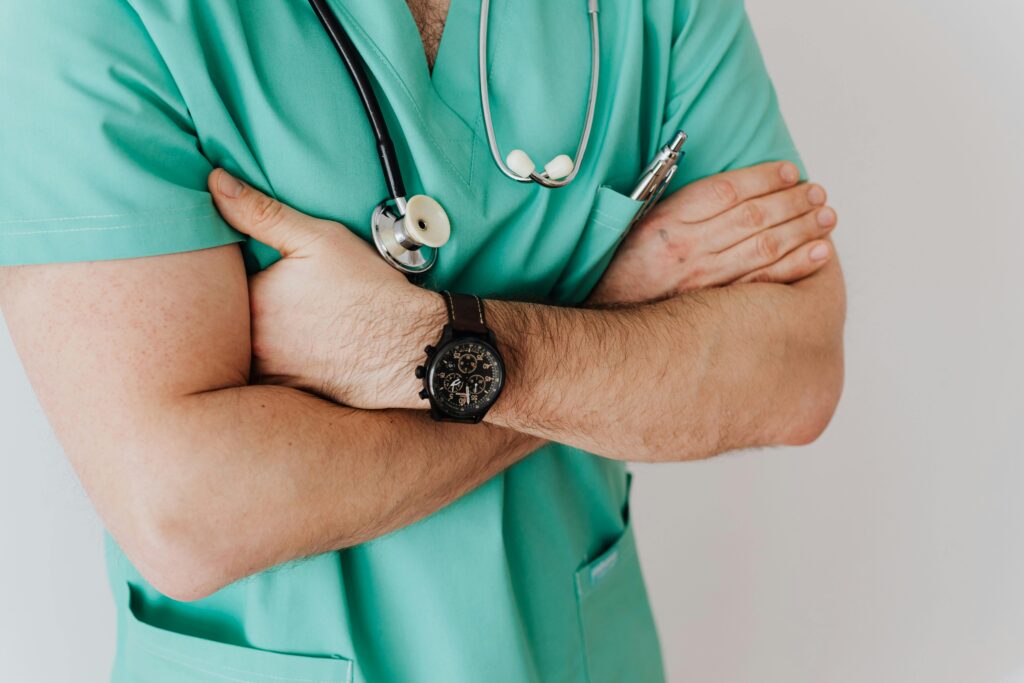For you to know the intensity of their toxicity, you must know their composition and the level of exposure. These two gases can be dangerous but carbon monoxide is more dangerous to humans than the others.
Carbon monoxide or carbon dioxide: which is more dangerous? Of course, carbon monoxide has been studied and noted to be more risky than carbon dioxide.
It is formed from the incomplete combustion of fossil fuels, which, if inhaled, can have a lot of effects
As you further read along, we will explore the differences between CO and CO2, major preventions, potential symptoms, and further insight into carbon monoxide and carbon dioxide, which are more dangerous to the general well-being of humans.
Carbon Monoxide Or Carbon Dioxide: About Carbon Monoxide

Carbon monoxide and carbon dioxide have a long-term record of causing identification confusion among some individuals.
However, carbon monoxide is formed uniquely by the partial combustion of fossil fuels, which could be detrimental to your health and well-being and further cause respiratory disorders.
Carbon monoxide has been researched and globally noted to be a colourless and odourless gas. Additionally, it is slightly more dense than the regular air we inhale and it is connected by a triple bond.
But importantly, it should be noted that it is a very poisonous and highly flammable gas, which has dangerous effects such as death in extreme cases.
This occurs as a result of varying factors, including incomplete combustion of wood, coal, charcoal, propane, gas, and other organic molecules.
Volcanic eruptions and forest fires can enhance the production of this gas naturally.
Why Is Carbon Monoxide Dangerous?
This gas is really dangerous for a lot of reasons. Firstly, the concern is that it is an odourless gas and can reach unsafe places.
When inhaled, it is poisonous and can lead to long-term health and life-threatening conditions.
The victims of CO poisoning may experience symptoms like nausea, headaches, confusion, and unconsciousness.
Some common places to see carbon monoxide are vehicle exhaust, fumes, plant and industrial emissions, faulty heaters, and fires.
What Carbon Monoxide Poisoning Does To Your Body
When a large amount of carbon monoxide is taken up into the body, its pathways are broad, but it passes through the bloodstream and tries to replace all the oxygen.
This oxygen helps the normal functioning of the body, but if replaced, it will begin to affect the heart, brain, and body due to the lack of oxygen in such places.
As such, it is heavily risky when a pregnant woman inhales carbon monoxide because she may lose her unborn child or the child might be born with deformities.
There are several people at risk of severe tissue damage after the inhalation of carbon monoxide; they include children, elderly people, smokers, people staying at high altitudes, heart disease patients, and lung disease patients.
Furthermore, carbon monoxide poisoning can lead to death and permanent brain damage. Nevertheless, it is further disturbing because the recovery phase for those who survive this poison is rather slow and also depends on the amount of intake and exposure to it that they had.
Sadly, in excessively acute cases, when a carbon monoxide poisoning victim develops conditions such as mental disability, the chance of a complete recovery is quite slim.
Symptoms Of Carbon Monoxide Poisoning
There are several symptoms of carbon monoxide poisoning, ranging from mild to severe.
Mild symptoms include general body weakness, coughing, headaches, hyperactivity, vomiting, confusion, dizziness, fatigue, shortness of breath, and lots more.
Severe symptoms include low blood pressure, muscle weakness, abnormal heartbeat, shock, chest pain, fainting, coma, convulsion, impaired judgement, blindness, unconsciousness, and lots more.
If you feel any of these symptoms, kindly consult a medical professional.
Prevention From Carbon Monoxide Poisoning
According to researchers, there are various ways that you can prevent carbon monoxide poisoning They include:
1. Installation Of Carbon Monoxide Detectors
This is one big safety measure that is sadly ignored. Why install a carbon monoxide detector? It is to prevent and monitor carbon monoxide gas in your house.
The benefit of this is that it sends a trigger warning signal or rings an alarm to warn you of the impending danger. As such, it is highly recommended to install a carbon monoxide detector in your homes.
This detector not only helps you detect these gases in and around your home, but it also saves lives and prevents unnecessary health expenses.
Regarding a fitting placement spot, it is safe to put it close to your bedroom, kitchen or places prone to smoke or fire exposure.
2. Servicing Of Home Appliances Regularly
Appliances are often serviced to check out for leakage, damage, or malfunction. Home appliances like cooking gas and stoves release carbon monoxide and that makes them worth monitoring.
It’s best to service them at intervals, most especially when you discover any malfunctioning or damage. If this seems technical, kindly employ qualified personnel to help in the servicing and timely monitoring for your safety.
3. Safe Practices With Vehicles And Generators
Another major cause of carbon monoxide is exhaust. Vehicles and generators have proven to be one of the world’s leading carbon monoxide generators or, better yet, a major cause of carbon poisoning.
To avoid or prevent this poison, you must do the following:
- Maintain a distance of at least 10 metres between a running motor vehicle and a generator.
- Open your windows, doors, and vents if it gets in.
- Do not leave a motor running in an enclosed space.
- Sidestep uses charcoal grills, hibachis, lanterns, or portable camping stoves inside the house, at homes, in tents, or campers.
- Ensure you don’t run a generator inside a house, regardless of the house size.
- Never direct the exhaust pipe of your generator, or car fumes towards your window or doors.
- It’s advisable to build a generator house a distance away from the living area.
4. Seek For Immediate Help
In times of sudden emergency, such as sleeping and waking up in a smoking place, or unexpected exposure to a large amount of carbon monoxide gas, you might find yourself panicking and not knowing exactly what to do. Please relax and immediately seek the help of a professional Medical personnel.
And to prevent future occurrences, please take the precautions you are reading now and remember to take precautions, such as ensuring proper ventilation.
Facts About Carbon Dioxide
Although you may be knowledgeable of the fact that carbon dioxide occurs inherently and exists in the air,. Do you know that the rate of carbon dioxide in the air is 0.04%? You breathe out this gas from your respiratory system, the trees breathe in this gas to be alive.
Fortunately, it is also a primary source of life on Earth, which is made up of two oxygen atoms and one carbon atom.
Lastly, this gas can be produced by humans, animals, plants, trees, fermentation, and the burning of fossil fuels.
Moreover, carbon dioxide has no inherent toxicity; scientists estimate that its average concentration on Earth is approximately 400 parts per million (ppm).
It is uncommon to get carbon dioxide poisoning, in contrast to the previously stated carbon monoxide. But there might be a few unique, uncommon cases.
Is Carbon Dioxide Dangerous?
Why do we breathe out carbon dioxide if it’s not dangerous? The question needs to be carefully answered. As important as oxygen is to humans and animals so is carbon dioxide to plants.
In humans, this gas is simply a byproduct of cellular respiration in our body. When your body releases CO2 it shows that your body cells are active.
Carbon dioxide is not dangerous to humans but can be when we inhale a good amount of it and in return, it displaces the oxygen in your body and can cause brain damage.
Differences Between Carbon Monoxide Or Carbon Dioxide
For a better understanding of whether carbon dioxide or carbon monoxide is more dangerous, we’ll break down the differences.
CO gas is formed from partial combustion and is highly flammable and toxic to humans, while CO2 gas is formed naturally in the air and is not flammable and may not be toxic to humans.
Final Words
Carbon monoxide or carbon dioxide: which is more dangerous? It has been confirmed that carbon monoxide is more dangerous than carbon dioxide.
We talked about carbon monoxide and why it is dangerous—what it does to the body, the symptoms of its poisoning and also how to prevent it.
Carbon dioxide and why it can be dangerous, and lastly, the difference between CO and CO2. For better understanding, you can read through it again.




